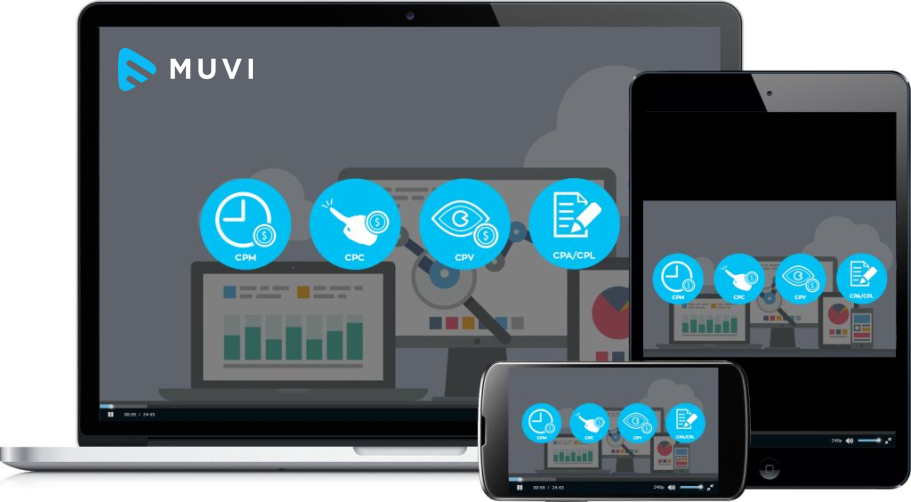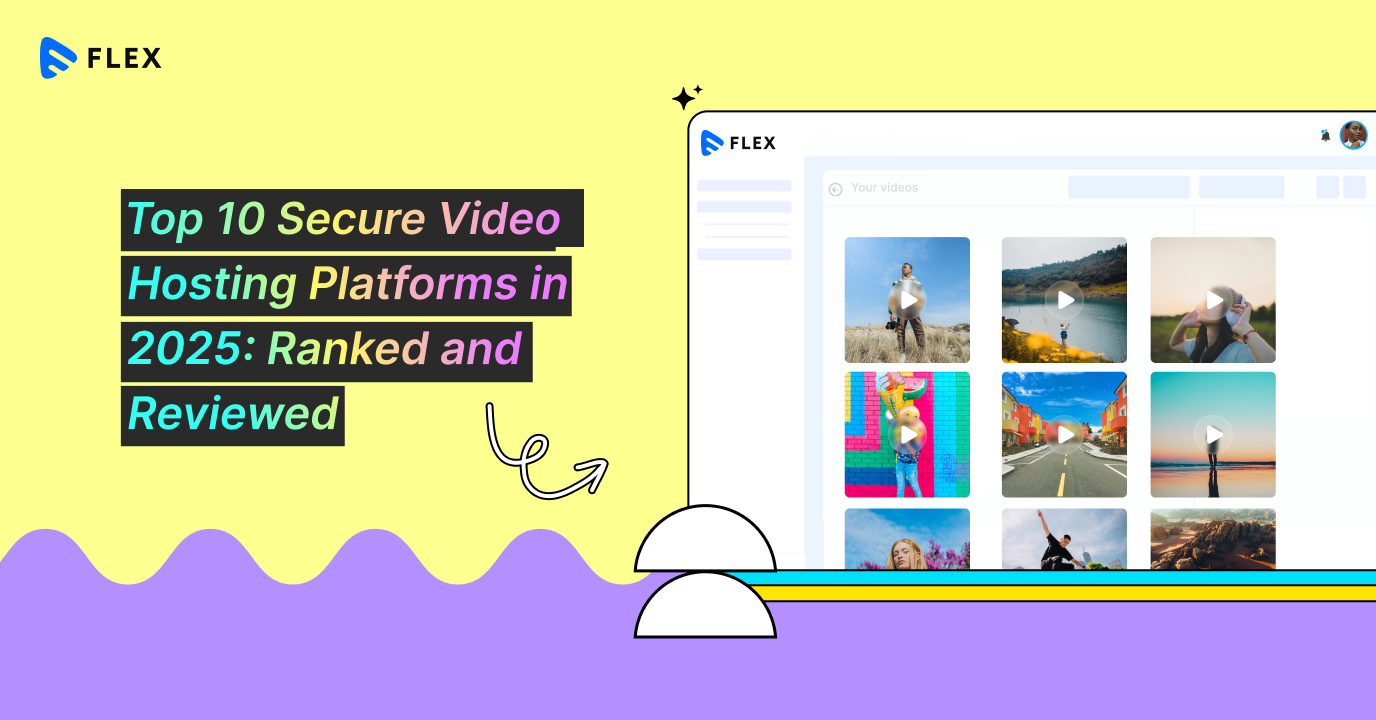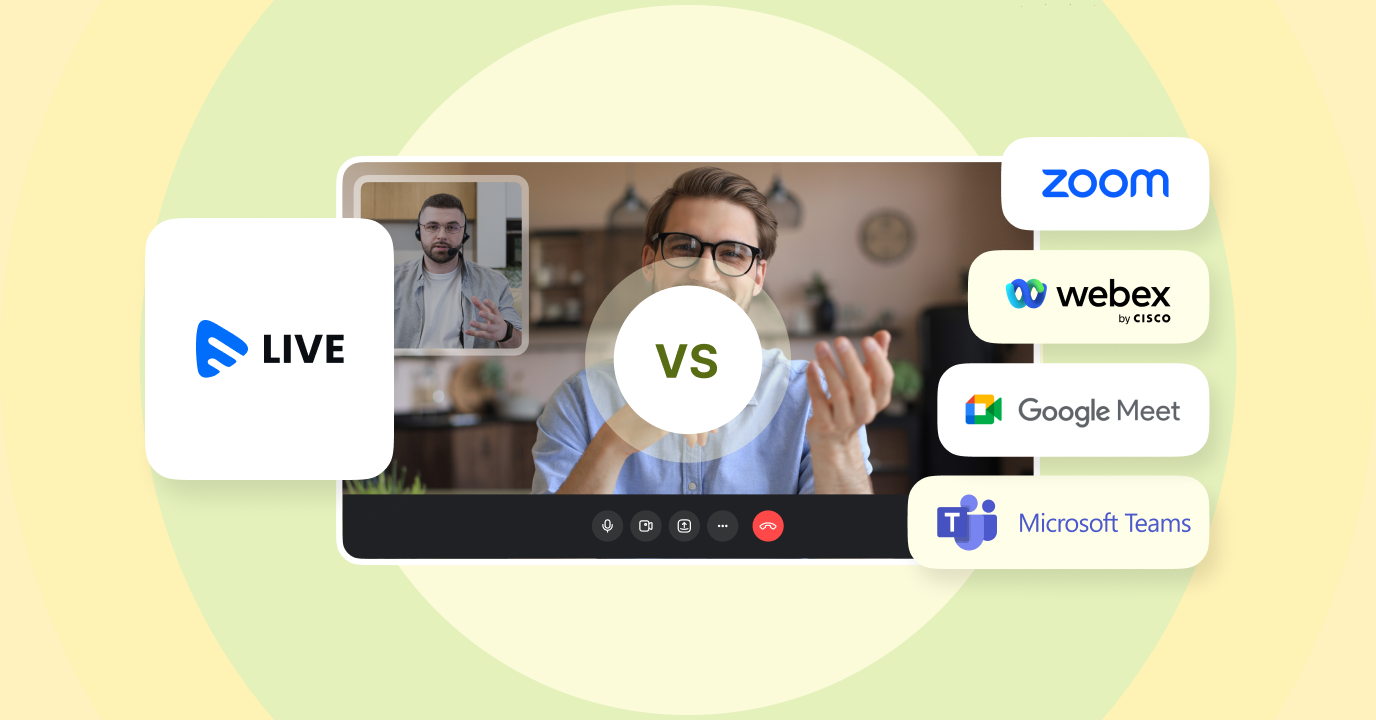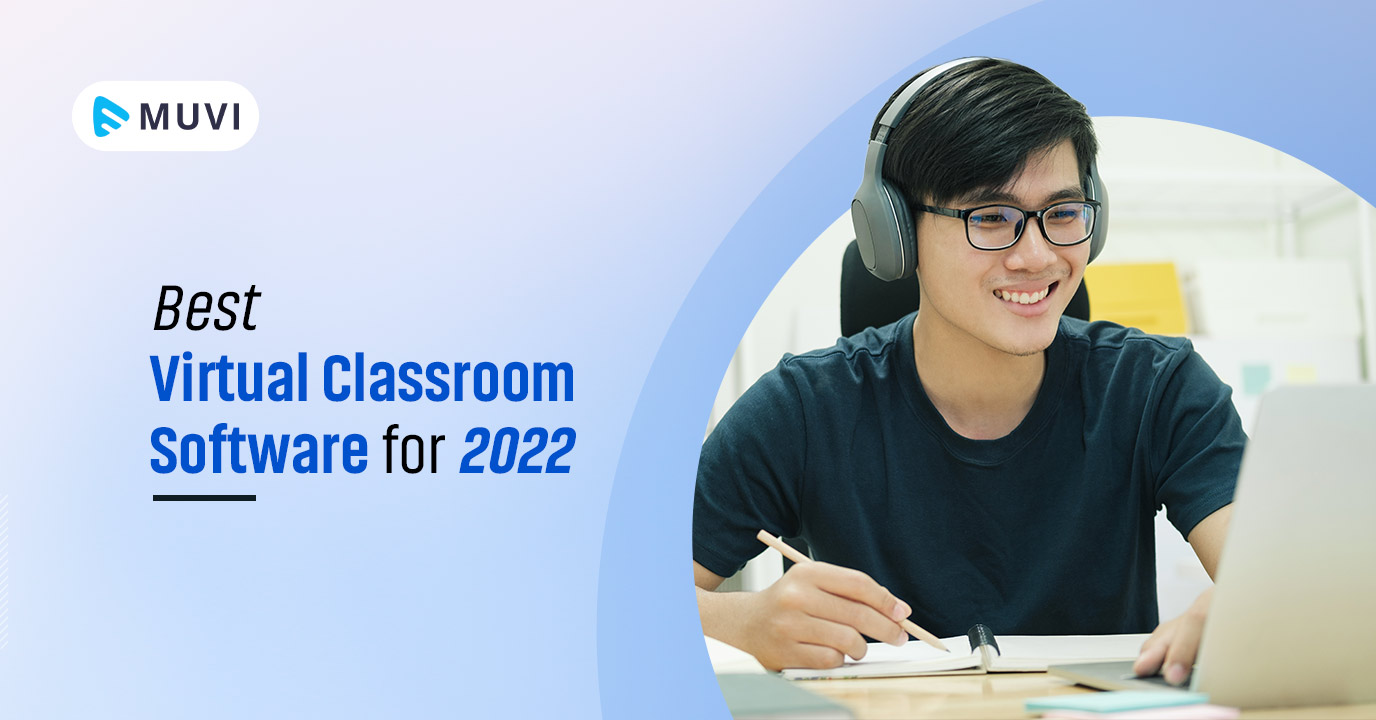Written by: Roshan Dwivedi
Video advertising is one of the fastest-growing opportunities online today, as well as one of the most promising online advertising formats. The emotional draw of the television experience, consumers’ adoption of broadband and subsequent change in Internet content, capabilities, and consumption all contribute to driving this growth. Despite the surge in interest in digital video by both the consumer and advertiser, there are still many components of video advertising that are confusing, making the need for standards and best practices essential.
So here’s a list of the best video advertising pricing models across various platforms that will help you monetize your video today :-
CPM: Usually reflects the price of 1000 video banner impressions in dollar currency. Incorporating custom banner designs into your video advertising can drive higher viewer engagement. Payment depends on the number of impressions solely. For example, a banner is being shown 200,000 times at CPM of $0.5, means that the payment by the advertiser to the publisher would be 200,000 * 0.5 / 1000 = $100.
Advantages
- The advertiser knows exactly how many times the banner will be shown, and what would be his daily / total costs.
- Common model when buying media against a specific URL / site / ad spot.
- CPM is being prioritized first by ad-networks since the publisher knows exactly what the expected revenue per impression is.
Disadvantages
- Very weak performance matrix, very weak correlation with sales or leads.
- No indications for the advertiser on banner, campaign or media quality.
- When dealing with multiple sites or ad spots advertiser might receive cheap media instead of effective media.
- Effective frequency capping is unknown.
CPC : Known also as pay-per-click (PPC) from the publisher’s point of view. In this model the advertiser pays for each click made on a video banner impression. Payment depends on the number of clicks solely. For example, a banner is being shown 200,000 times, and being clicked 1000 times at a cost of $0.08 per click. The Click through rate – CTR in this case is 1000/200,000 = 0.5%. The cost to the advertiser would be $0.08 * 1000 = $80. Since the advertiser paid $80 for 200,000 we say that his Effective CPM (or eCPM) is 80/200 = $0.4
Advantages
- The advertiser knows exactly how many times his landing page / site will be clicked, and what would be his daily / total costs.
- The banner will be shown until enough clicks are being generated
- Common model when looking for exposure with no direct lead or sale goals
- CPC is optimized quiet fast by optimizing ad-networks to generate high CTR
- Reasonable indicator for banner quality
Disadvantages
- Weak correlation with Sales or Leads
- Dependable on click tracking technology and measurement
- Weak performance matrix, vulnerable to click frauds
- No indication for campaign quality (only banner quality)
- Advertiser might receive cheap media instead of effective media
- Effective frequency capping is unknown
CPV: Known as Cost Per View from the publisher’s perspective, CPV is a popular ad model used by video streaming companies all over the web. It is calculated as the total cost of the campaign divided by the total number of visits since the campaign started. CPV tracks the actual visits made to the video. Suppose the total campaign cost was $1000and the total visits went up to 250 from 50, making for 200 new visits. The CPV is 1000/200=5, which states the actual cost per visit was $5.
Advantages
- Serves as a strong filter that helps to counter traditional advertising objections such as inattention or avoidance
- Particularly powerful for advertisers who have a complicated message, important product information, or a new product to introduce.
- You don’t need to make landing pages, you can direct link and make tons of money with it.
Disadvantages
- Does not measure effectiveness beyond the intended interaction
- Does not measure the long-term impact of heavy usage of new formats
- Measures lesser impressions than other models and hence generates lesser data about human interaction.
CPA/CPL: Under a cost per action (CPA) or cost per lead (CPL) campaign, the advertiser pays only for clicks that subsequently see visitors complete some specific action. This action can be a purchase of a product, download of a document, sign-up for a newsletter / membership, or countless other steps. This form of advertising is essentially affiliate marketing, an arrangement where the publisher is compensated for each sale they’re able to generate for the advertiser. This is obviously low risk for the advertiser since they pay only for transactions that generate their desired outcome.
Advantages
- Limited risk for the publisher as compared to CPM or CPC
- If you know your audience well, giving them the right bait can generate serious revenue
Disadvantages
- Revenue is much less predictable than in CPC and CPM unless you establish contractual thresholds that ad sales must meet.
- Publishers may need to give significantly more time and expertise towards making the advertising program successful. You might even be responsible for the daily management of when, where, and how ads run for advertisers.
The debate between all these ad pricing models ultimately comes down to how we measure human attention and human response in relation to ROI. It’s apparent that brands are starting to pay more for online video. So it becomes crucial to understand your own campaign well and have the best ad pricing model for yourself for better ROI, clarity of metrics and healthy payouts.
Signup for a 14-Days FREE trial and take a test drive of the one of a kind VoD Platform builder with universal ad server/network integration and maximize your content’s monetary potential at Zero CapEx.













Add your comment